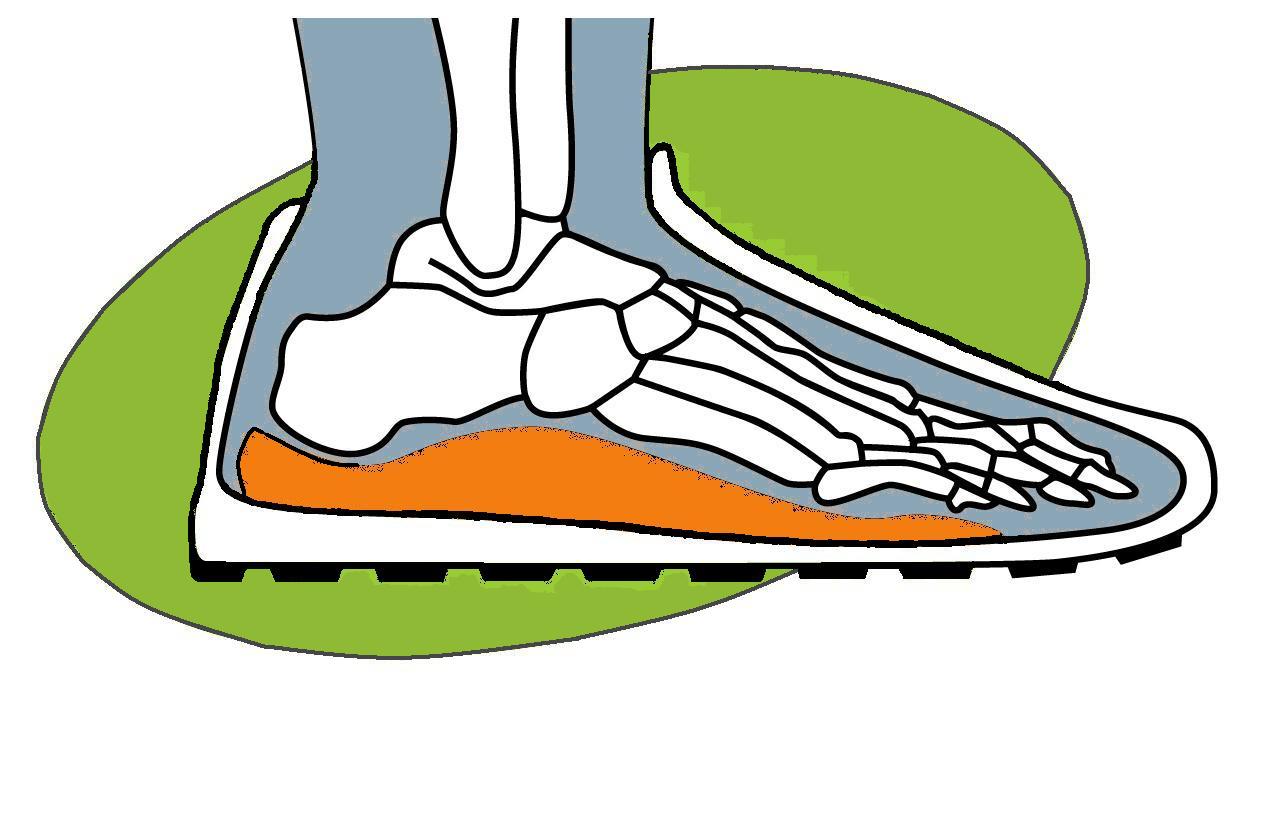Footwear
Dr. Coffin's "favorite" shoe will change from year to year as shoe
manufacturers make changes (good or bad) in their soling material,
cushioning, gel, uppers, etc. Remember that the price does not determine
whether the shoe has good qualities.
Dr. Coffin and his staff will share suggestions with you; however, other
shoes will be acceptable as long as they follow:
Dr. Coffin's Rules for Shoes
Supportive shoes are important for feet, especially for those who are
experiencing foot pain.
Essential characteristics:
- Strong heel counter
- Bends only across the ball of the foot (not in the middle)
- Materials in the sole are not "squishy" and do not yield to finger pressure
- Arch area is not exceptionally cut out
- Tall Toe Box
- Cushioning in forefoot is important, not in the heels
The more you wear the supportive shoes (with or without orthotics), the better you will function biomechanically. Not only will your feet feel better, your knees, hips and back will be more correctly aligned as well. Just like glasses or hearing aids, orthotics will only work when you wear them.
Buying new shoes
- People with orthotics should take them along when purchasing shoes.
- Shoes with removable liners will accommodate orthotics more easily.
(This is important for athletes, especially runners, since the shoes may "bottom out" in areas of pressure and lead to re-injury) - Shoes may need to be one half size larger than normal to accommodate orthotics.
- Shoes should be purchased late in the day when feet may be more swollen.
- Shoes need to be replaced before they show excessive wear. Even though the outsoles and uppers may look good, this does not reveal the wear of the midsole. After 200-300 miles, most running shoes are worn out in the midsole. This can be verified by putting your hand into the forefoot of the shoe and noting the compression that has taken place in the ball of the foot.
- There is no sense in using orthotics in bad shoes.
 Dr. Paul D. Coffin
Dr. Paul D. Coffin